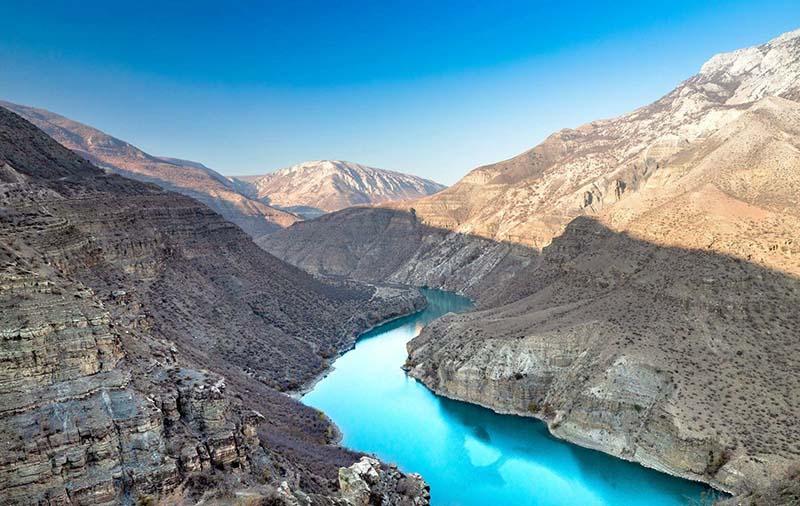The Disappearing Grasslands of Dagestan& The Nogai People
Desertification is, and has been, a growing issue in many parts of the world. However, in Dagestan, the rate in which it has been happening isbecoming ever more alarming. Here, not only is the dreaded onset of climate change becoming rapidlymore apparent, but it is alsoincreasingly threatening the existence of a people who have lived and survived off the land for hundreds of years.
Dagestan is a republic of Russia situated in the North Caucasus region of Eastern Europe, along the western shore of the Caspian Sea. It boarders Georgia and Azerbaijan to the south, and Chechnya to the west, with Russia expanding to the north between the countries of Ukraine and Kazakhstan.
A relatively small region with a population of about 3.1 million, the rugged and mountainous land has produced a diverse nation of around 30 different ethnic groups, hardened by a long history of dishevel and conflict. To add to their most recent hardships though, the effects of climate change is having an ever-more devastating effect on the land and resources many of its people rely on for their very existence.
For the past 30 years, the sands of the Nogai Steppe have been steadily and mercilessly encroaching across grasslands that were once rich and abundant with life. Here the nomadic Turkish-speaking Nogai people, proud descendants of the Mongol Golden Horde, can only stand by and watch as their traditional homeland is engulfed by sand with every passing day.
Since the early 1990’s, the soil beneath the once lush grasslands around Terekli-Mekteb, the capital of Dagestan’s Nogai district, began to degrade and crumble into sand. Over the next decade, massive dunes began to appear, followed by the already salty lakes completely drying up. Thirty years later and arid salt flats now litter the steppe amidst a veritable desert.
Rashid Bakiyev, the 61-year-old deputy head of the local forestry commission, leads one of the few organisations in the region who are trying to combat the devastation. By planting trees, the forestry commission is fighting a mounting battle to save the last remaining fertile areas.
However, with every passing year,Bakiyev, and the Nogai people, are becoming ever more desperate, overpowered by the sheer scale and speed at which the transformation is occurring.
Many locals believe that the impact of wide-scale industrial agriculture on the fragile ecosystem is largely to blame for its collapse. Dagestan’s complex political culture and history of conflict hasalso only aided to a general neglect of the local environment. The Nogai people, who make up only about one percent of the total population, have been steadily pushed into smaller and smaller regions of grazing land for their livestock. Eventually, over-grazing took its toll.
According to Olga Andreeva, an expert on desertification at the Institute of Geography of the Russian Academy of Sciences, the plight of the Nogai is indicative of a wider threat to Russia, the surrounding regions, and indeed the world’s, agricultural future. She believes careful attention like that given to bingo onlinemust be placed here, with important lessons to learn, if the disastrous effects of climate change are ever to be resolved or mitigated.
